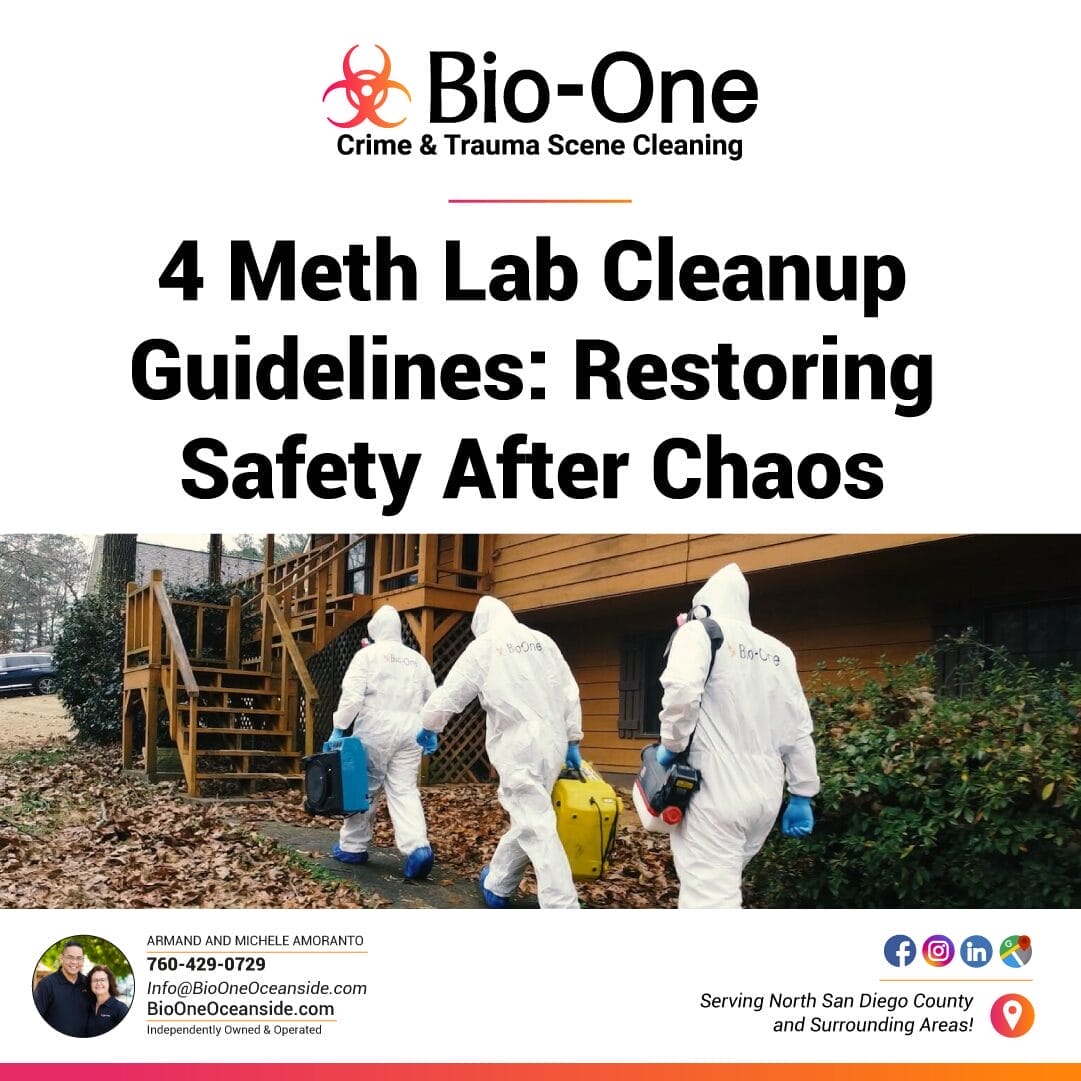
Methamphetamine production poses a serious threat to public health, and the remnants left behind in a clandestine meth lab can continue to endanger individuals long after production ceases. For hazmat professionals, environmental safety inspectors, realtors, property managers, and homeowners wondering how to clean a meth lab, we'll explore the best practices for ensuring a thorough and effective cleanup, from the initial assessment to achieving a certified clean status.
Disclaimer: It's critical to understand that the cleanup and restoration of properties used as meth labs require the expertise of a professional biohazard cleanup company. These companies possess the necessary certifications, proper insurance, and technicians specifically trained in OSHA's safety standards for handling hazardous materials. Due to the severe health risks and legal implications associated with meth lab contamination, individuals should not attempt to clean these environments on their own
The Dangers Involved in a Former Meth Lab
A meth lab is not just a manufacturing site; it's a source of long-term health hazards. The volatile and toxic chemicals used in meth production can saturate walls, furniture, and ventilation systems, contaminating every corner of the property. Post-lab, these contaminants pose significant health risks, particularly when exposed to heat and moisture, which can reactivate residues and release toxic vapors into the air.
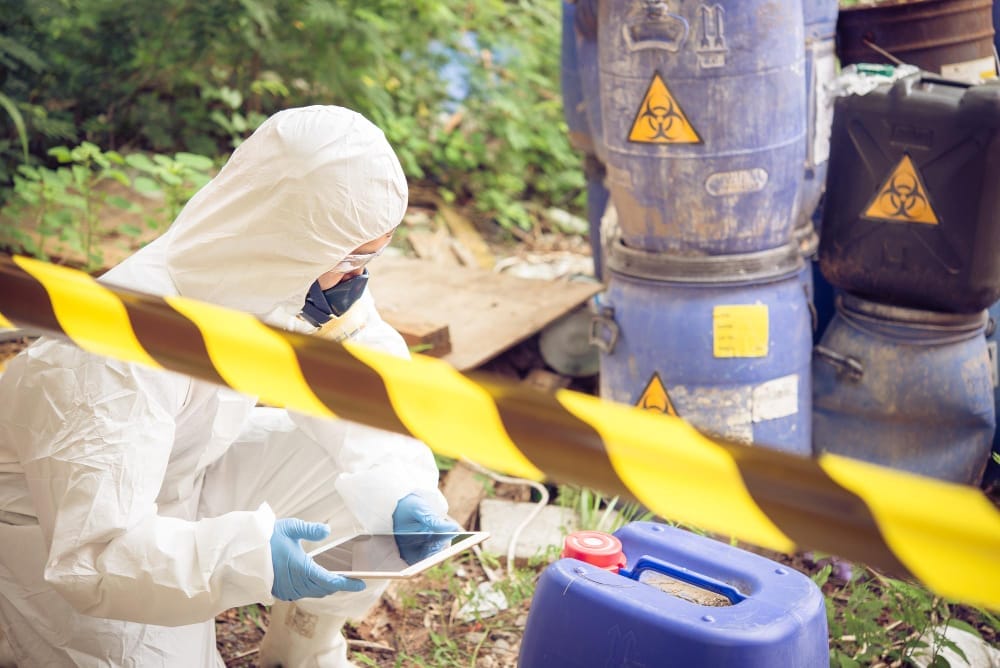
Professional meth lab cleanup is non-negotiable; it's a critical step in ensuring the property is safe for habitation. Not only that, but it's also a legal requirement in most jurisdictions.
1. Initial Assessment
The initial assessment sets the stage for the entire cleanup operation.
Identifying Contaminated Areas
Hazmat professionals must conduct a thorough inspection to identify all potential meth lab components and areas where contamination is evident or likely. This includes examining all spaces known and unknown to the property owner, as well as discovering any hidden cavities or structural damage that may have been used for drug manufacturing and that could be contaminated.
Evaluating the Extent of Contamination
Once contaminated areas are identified, it's essential to assess the degree of contamination. Factors such as the quantity and type of chemicals used, the condition of the former lab, and the properties of the surfaces that have been exposed to the methamphetamine production process will influence the level of contamination.
Hazmat teams use a variety of techniques, from visual inspections to advanced testing, to determine the scope of the problem. This assessment not only guides the extent of the cleanup but also helps in devising appropriate safety protocols for cleanup crews.
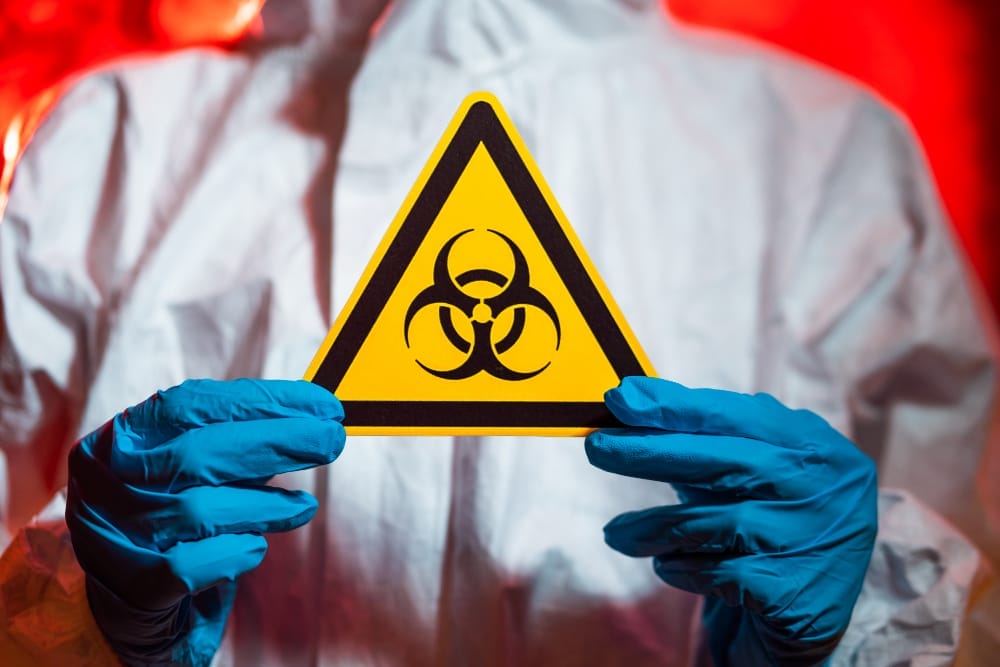
2. Cleanup Procedures
With the assessment complete, cleanup procedures can be implemented.
Removal of Hazardous Materials
The first step in meth lab cleanup is the removal of all hazardous materials. This includes not only the obvious remnants of the manufacturing process, such as chemical precursors, solvents, and waste but also any contaminated items such as cookware, appliances, and furniture.
Decontamination of Surfaces and Ventilation Systems
The next critical step is thorough decontamination. This is not a simple cleaning job; it requires specialized knowledge and equipment. All surfaces must be cleaned using appropriate decontamination solutions and techniques that can break down, neutralize, or remove residual chemicals.
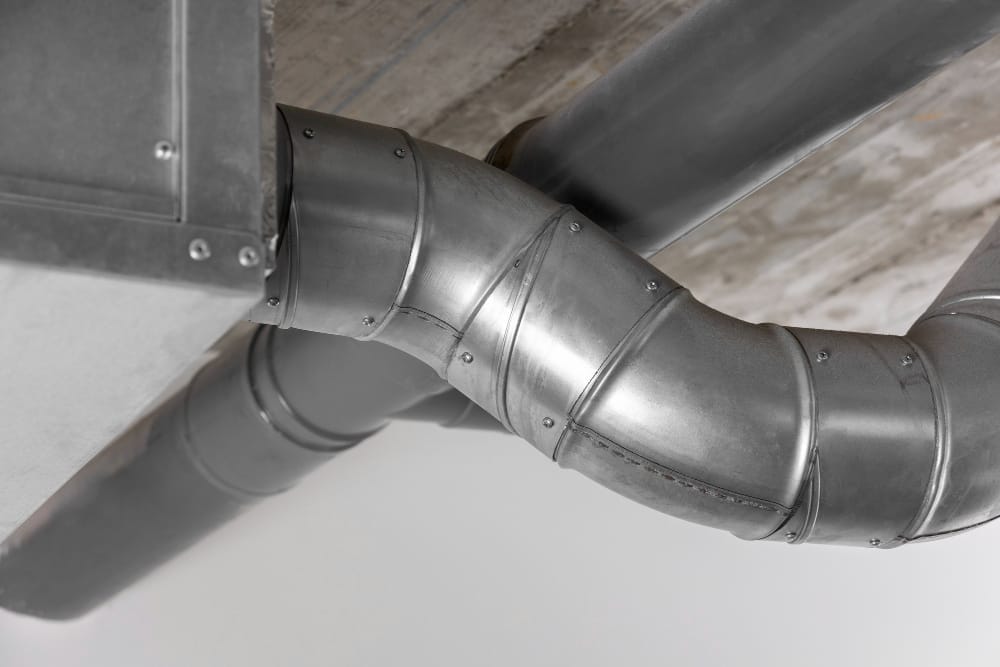
Technicians typically dismantle, clean, and decontaminate them, followed by conducting remediation to ensure the airflow is safe and uncontaminated.
Sampling for Residue Testing
Technicians take surface samples from various areas to measure the level of residual contamination. These samples, generally analyzed using high-performance liquid chromatography or gas chromatography-mass spectrometry, provide quantitative data on the presence of methamphetamine and precursor chemicals.
In addition to testing for methamphetamine residue, Bio-One takes the cleanup process a step further by also testing for traces of other drug residues, including fentanyl. Given fentanyl's potency and the heightened risks associated with exposure, this level of thoroughness ensures an even safer environment post-cleanup. Handling fentanyl contamination requires precise, expert protocols to protect both the clean-up technicians and the occupants returning to the premises.

Verification of Cleanliness Through Testing
After cleaning the property and taking samples, technicians must perform structured testing to confirm the success of decontamination. This independent verification is crucial; it provides confidence that the property is safe for habitation and legally compliant.
4. Documentation and Certification
The final step is to document the entire cleanup process and obtain certification attesting to the property's safety.
Documentation of the Cleanup Process
Maintain a detailed record of the cleanup process, which includes assessing the site, undertaking procedures, and documenting test results. This documentation not only provides evidence of the diligent cleanup effort but may also be necessary for future property owners.
Certification of Property Safety
Upon successful completion of the cleanup and verification steps, the property should be issued a certificate of safety. Philanthropically, ensuring the environment's safety also involves guiding residents or future owners on recognizing signs of illegal drug activity.
Disclaimer: The guidelines provided above serve as an example of the typical process how to clean a meth lab. They should not be interpreted as the standard practices of Bio-One of Oceanside. For specific protocols, services, and practices, please consult directly with Bio-One of Oceanside.
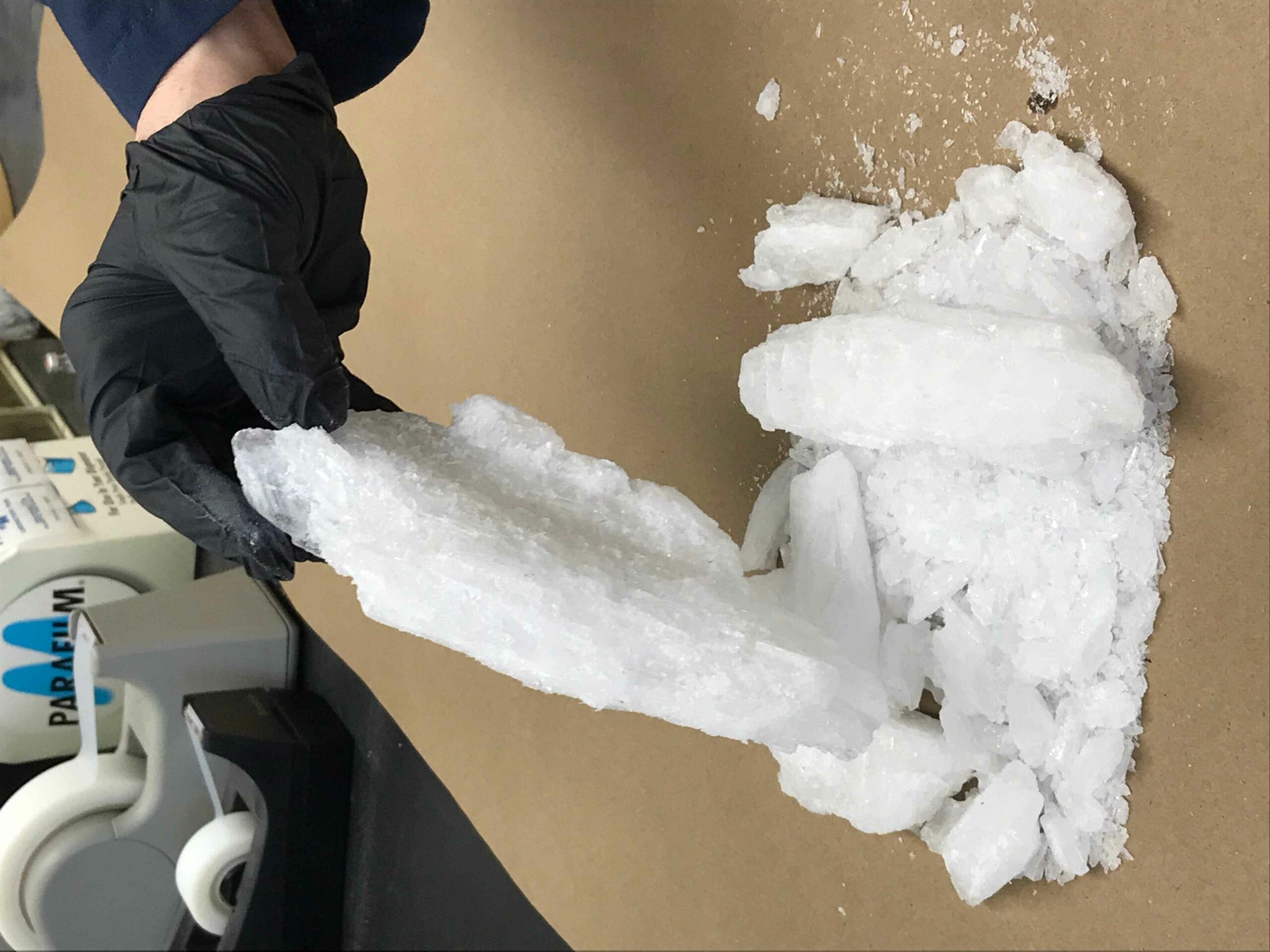
If Unsure How to Clean a Meth Lab, Bio-One of Oceanside is Ready to Help!
Meth lab cleanup is a complex and highly regulated process that demands expertise, patience, and thoroughness. The guidelines outlined here are an example of the work done by professionals to safeguard you from long-term exposure to harmful chemicals. However, it is essential to select a reputable and experienced cleanup company for this task.
Bio-One of Oceanside has specialized in crime scene and meth lab cleaning services for several years, serving commercial and residential clients across North San Diego County and Southern California. If you suspect that your property may have been used as a meth lab or if you feel unsure how to clean a meth lab, do not hesitate to contact Bio-One of Oceanside!


